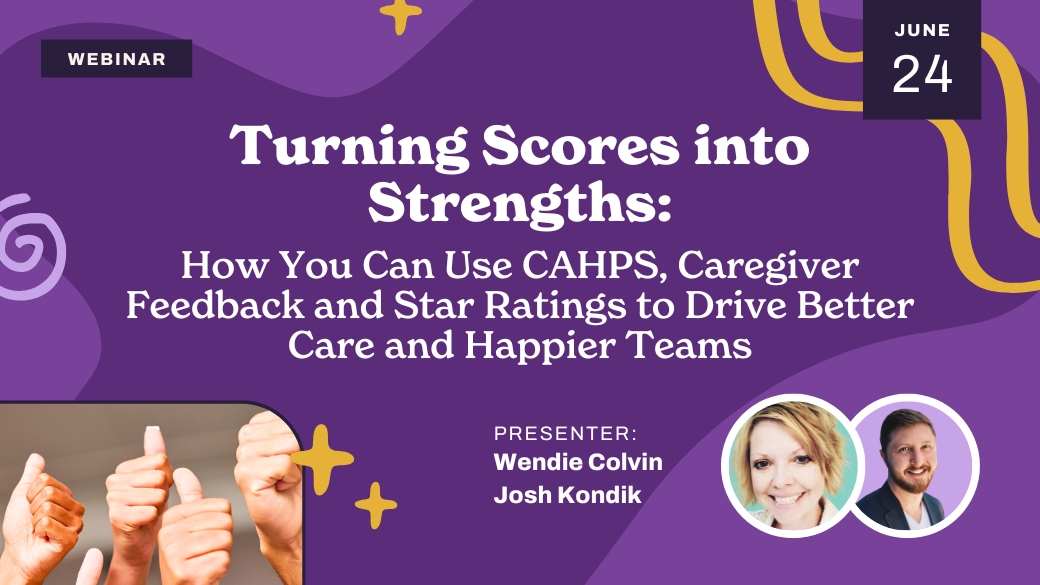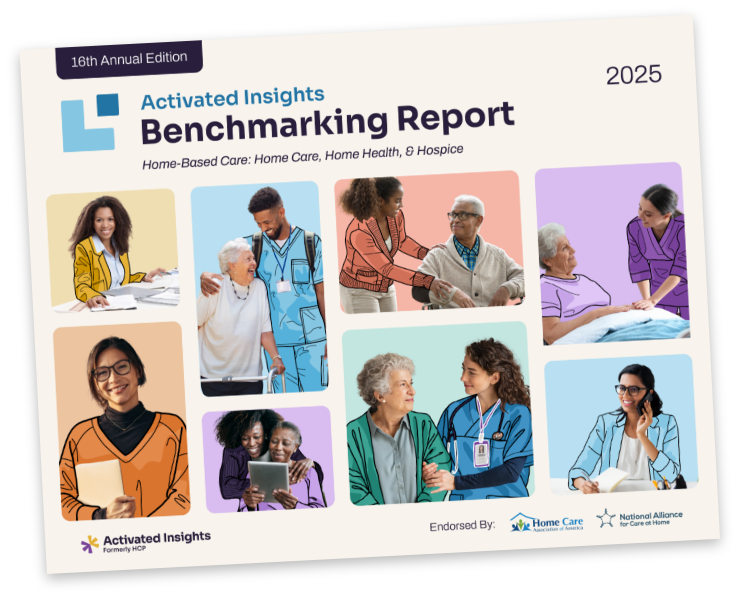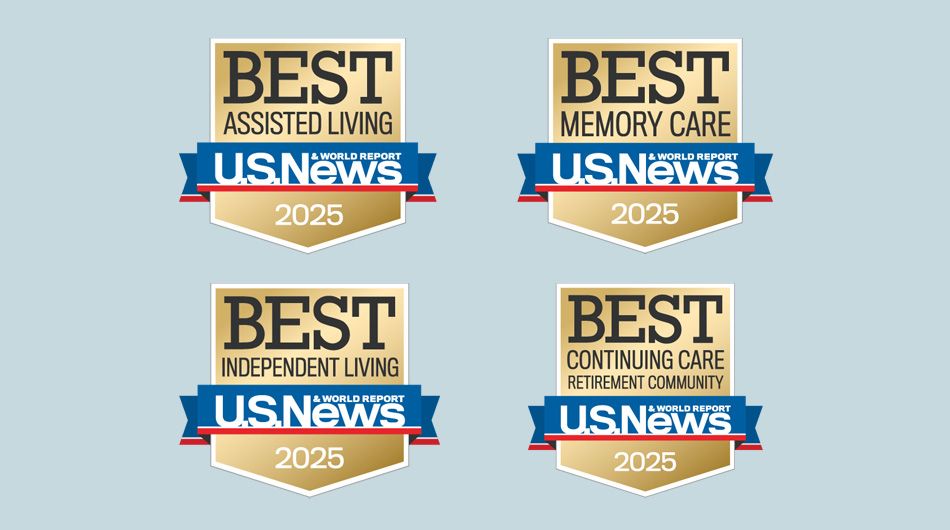Providing care in the right place, at the right time, and by the right provider can only be possible by working together across the health care continuum—and it starts with clear communication and education.
Alice worked for National Geographic and loved to travel. Her weekends were spent hiking and kayaking. She loved to read and make soup. Alice had always been very healthy and rarely went to the doctor, until she started tripping over her own feet and noticed some twitching now and again.

It took months to figure out she had ALS, a fatal degenerative neurological disorder, also known as Lou Gehrig’s disease. Within a year, she could only walk a few steps with help and mostly relied on a scooter. She could no longer feed herself, much less cook, and was dependent on others for everything. As her ALS progressed, she lost the ability to speak. She felt fortunate to have a computer that allowed her to talk in her own voice. It was so isolating, being unable to share her thoughts and feelings. In the months and weeks that followed, Alice lost her ability to get out of bed, even with help, and soon could no longer eat.
How did Alice manage during this time? How did her family care for her? Communication and collaboration made all the difference. That requires:
1. Understanding Who’s Involved
Working together across the health care continuum is critical for Alice’s care. Understanding the many individual providers involved in Alice’s care is the first step. Alice is fortunate to have good health insurance. Having two payer sources means there must be coordination and communication with both insurers. Does your agency have a way to do that? If not, your patients may end up struggling to ensure all the bills are paid.
Payer Sources:
Alice receives care for her ALS at a specialized ALS clinic. She is fortunate to have a multispecialty clinic specializing in ALS in her community. Without such a clinic, she would need to schedule visits with six or more individual providers!
Even with the clinic, Alice still receives care at a local hospital and from multiple post-acute providers. As Alice’s ALS progresses, her care will shift away from the institutional providers toward those providing care in the home.
Where does your agency fit in the health care continuum? Do you understand the roles of other providers?
Care Team:
Alice’s family is responsible for Alice’s day-to-day care. Their ability to be successful in meeting her needs and goals depends on the support they receive from the health care providers. Families are grateful for providers who can anticipate changing needs and guide them to the next provider across the continuum in a seamless manner. How well does your agency do that?
Family:
2. Communication Across the Continuum
Ensuring everyone knows and understands Alice’s wishes is important, as is ensuring each provider knows what the other is doing. Without this shared knowledge, the likelihood of Alice’s wishes being respected and carried out decreases.
Alice has stated that she is unsure about a feeding tube but is certain she does not want a ventilator or other assistive breathing device. Miscommunication of this information could lead to unwanted interventions, and Alice could end up on breathing support in the emergency department, something she clearly does not want.
Communication challenges across the continuum of care can only be addressed by providers who identify the challenges and create processes to successfully navigate them. Common challenges include:
Many of these challenges require solutions outside the scope of your organization but some can be addressed within your organizational best practices. For examples as to how sharing data across the continuum of care improves care, check out Sharing Data Across the Care Continuum: Perspectives from Long-Term and Post-Acute Care Case Studies.
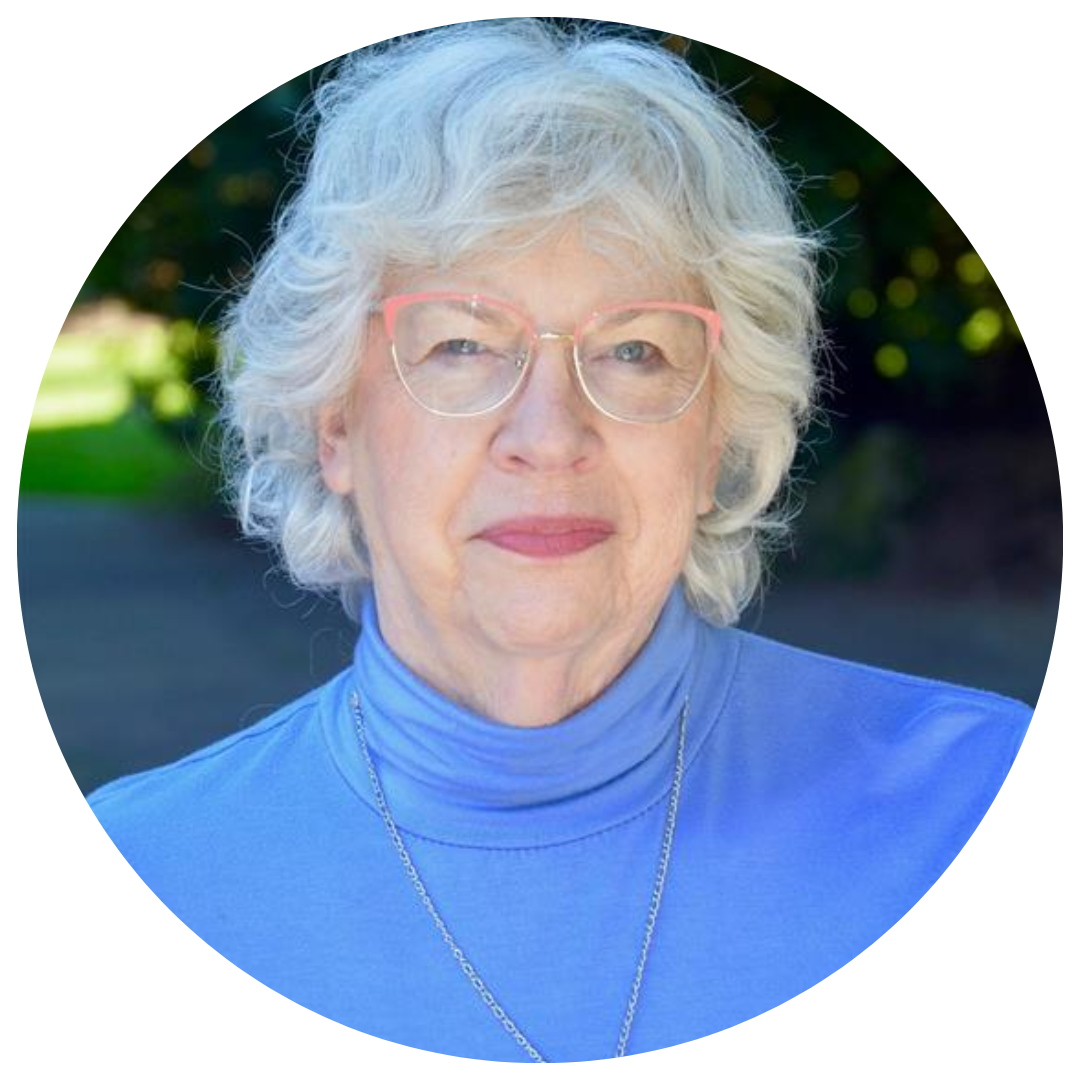
Organizational best practices to consider:
3. Knowledge is Power
Knowing what to expect and what best practices look like means everyone can work toward the same goals. Education should focus on two distinct areas: care provider roles and responsibilities across the continuum, and the patient’s expected trajectory of illness and needs.
Care provider roles and responsibilities
Your staff must understand how each provider across the continuum supports the patient’s care needs, allowing them to update providers appropriately and reach out to the provider who can best meet emerging patient needs. Providing the right care at the right time and in the right place improves outcomes, but it can only happen if care providers know who does what best! Alice was fortunate that her home care caregiver knew about the child life specialist at the ALS clinic. The caregiver encouraged Alice to reach out after Alice shared how much it hurt to see her grandson get upset when she could no longer hold him on her lap.
Trajectory of illness
4. Understanding Why it Matters
It is easy to see how working together with other providers improves patient outcomes. It does take time, money, and people, all of which are in short supply in our health system right now. It is the right thing to do for patients like Alice, but it is also the right thing to do for your organization.
What do I mean by that? Take a look at the factors making collaboration more important each day:
There is also the cost to the healthcare system to consider, the burden of overuse when care is not coordinated. This journal article captures very concrete successes in terms of improved outcomes and decreased costs when agencies collaborated to provide care for high need, high frequency patients.
Alice wanted to remain at home with her family. Avoiding hospitalization was important to her. As her ALS progressed, she could no longer get to the clinic for care. Home Health became involved to teach her family how to manage medications, perform exercises to decrease pain in limbs that no longer moved, and provide care for her wounds”. When the time came, Alice was referred to a hospice provider to manage her comfort and support her desire to remain at home. Her grandson was able to receive support from the social worker and the child life specialist. The chaplain helped Alice work through some fears regarding the dying process, and the hospice aide came daily to bathe Alice and teach her family how to provide for Alice’s personal needs.

Collaboration between all the providers involved meant that Alice had only one burdensome transition to the emergency department, resulting in a two-day hospitalization. Each care provider had an understanding of the roles and expertise of the other agencies involved. They also understood Alice’s expected trajectory with her ALS. Alice and her family were referred at the appropriate time to the provider best able to meet their needs. Transitions of care were handled with sensitivity and completed in an organized manner. Service gaps and duplicity of services were avoided, and Alice and her family expressed appreciation for the support they received throughout their journey with ALS.
Alice’s breathing capacity diminished, and she died peacefully in her sleep one rainy afternoon. Her daughter remarked, “She always did like a rainy day.”
Our world is full of people like Alice, people and families who need quality care that supports their health and their journey to the end of life. In order to do it well, we must all work together to ensure care is provided in the right place, at the right time, and by the right provider.
Tips for you!
If you are curious how other agencies work together to coordinate care across the continuum, check out Activated Insights’ 2023 webinar:
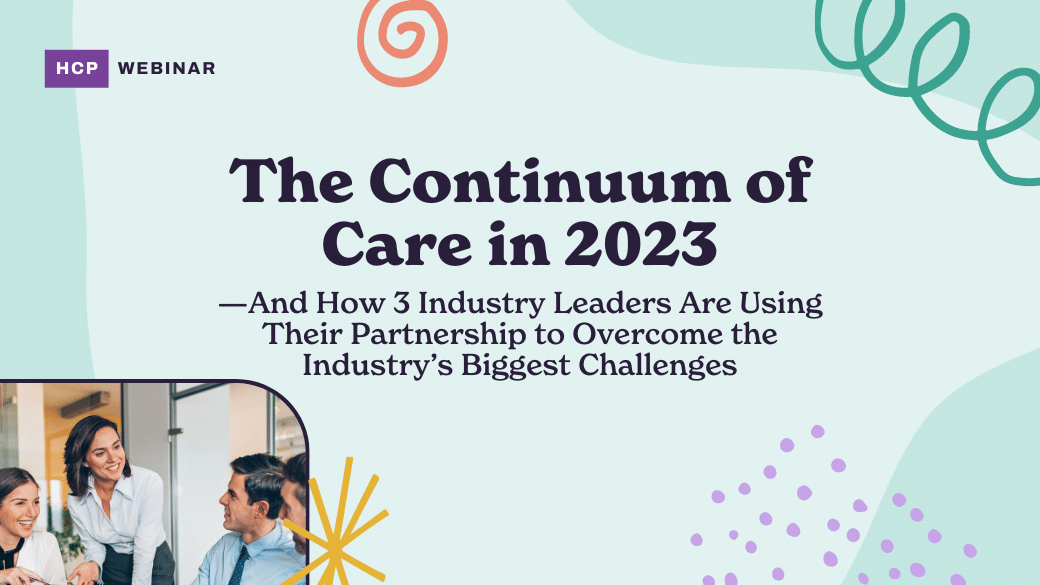
For more information on the importance of education in terms of staff retention and quality outcomes, check out these Activated Insightsblogs:
Related Posts




